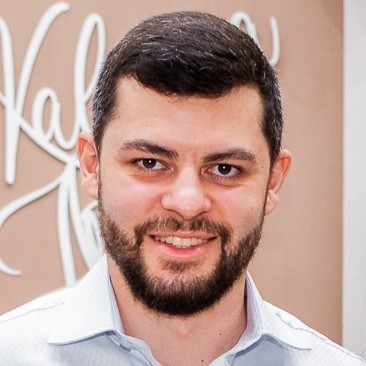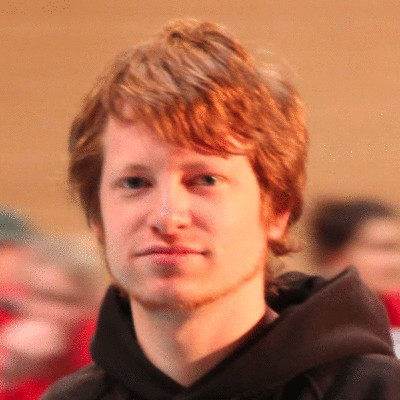| 09:00—10:00 |
Doors open & Breakfast |
| 10:00—10:30 |
Opening KeynoteYehuda is a member of the Ember.js, Ruby on Rails and jQuery Core Teams; his 9-to-5 home is at the startup he founded, Tilde Inc, where he works on Skylight, the smart profiler for Rails. Yehuda spends most of his time hacking on open source—his main projects, along with others, like Thor, Handlebars and Janus—and traveling the world doing open source evangelism work. |
| 10:45—11:15 |
Ember and Vite - How it works and what it unlocksThis year has been an exciting year for Ember, and the Embroider team has given us the ability to build an Ember app with Vite. That not only makes our build and rebuild times much faster than they were with ember-cli, but we can now integrate with other Vite plugins that don’t need to understand broccoli or the internals of Ember. This is a very new opportunity for the Ember community, and it is worth exploring the possibilities together. |
| 11:30—12:00 |
You don’t need another library for that: How we’ve built a Visual Workflow BuilderThis talk showcases the development learnings and struggles of a Visual Workflow Builder, presenting an argument in favor of in-house solutions instead of depending on third party libraries. |
| 12:00—13:30 |
Lunch |
| 13:30—14:00 |
What’s going on with Reactivity?The talk dives into the current state of reactivity, reactive libraries, why things are happening, and why it kind of feels like things are in a smidge of disarray. |
| 14:15—14:45 |
Composing components with (and without) contextWith context provider and injection APIs coming to Ember, developers will have a new tool available for building components. This talk will explore what unique problems context solves, how it complements existing patterns, and what to watch out for to keep your code composable and maintainable. |
| 15:00—15:30 |
Scalable Frontend Architecture That Meets Your BusinessEmber’s onboarding equips developers with framework knowledge about routes, components and services, required to build applications. Beyond that, Ember leaves a void on how you architect your products to meet your business and how to scale it up, when the need arises. This talk fills that gap. |
| 15:30—16:00 |
Snack break |
| 16:00—16:30 |
What is Ember’s pitch? – Open Discussion with Marco Otte-WitteWhat makes Ember.js the right choice for certain types of projects, teams, or environments? And in which cases might other frameworks be a better fit? Clearly defining the types of teams and projects that are best suited for Ember, while acknowledging where other solutions may excel, helps the community more effectively advocate for its adoption. Marco will start with a (potentially controversial) statement to open the conversation for the other on-stage panelists as well as the on-site audience in Dublin. Marco has been working in web engineering for about 15 years and has used all kinds of technologies in projects of all kinds of sizes. His company Mainmatter offers custom development, team augmentation, and mentoring. He has worked with Ember for many years and is the original author of ember-simple-auth. |
| 16:45—17:15 |
Accelerate Your Growth: From Novice to ThrivingProfessional growth is challenging and personal. In this talk, Mo shares her journey from writing my first line of code to becoming an Engineering Manager in under 5 years. She’ll offer insights on finding mentors, making yourself indispensable, and leveraging your strengths to help you achieve goals. Mo spends her free time diving into fantasy novels, crocheting, and hitting up the CrossFit gym. By day, she’s rocking it as an Engineering Manager at Phorest Salon Software, but she’s always up for coding whenever she can sneak it in. Mo’s all about boosting diversity in tech and helping folks level up their tech skills as a Co-host on the Fizz Buzz Podcast! |
| 17:30—18:00 |
The Architecture of WarpDrive | Beyond UniversalThis talk will dive into the first-principles the project uses to compose something powerful out of something simple, the way the various key-interfaces work together, and a few of the advanced features this architecture unlocked. |
Day 1 Schedule
Sep 12, Thursday
Times are local, CEST








